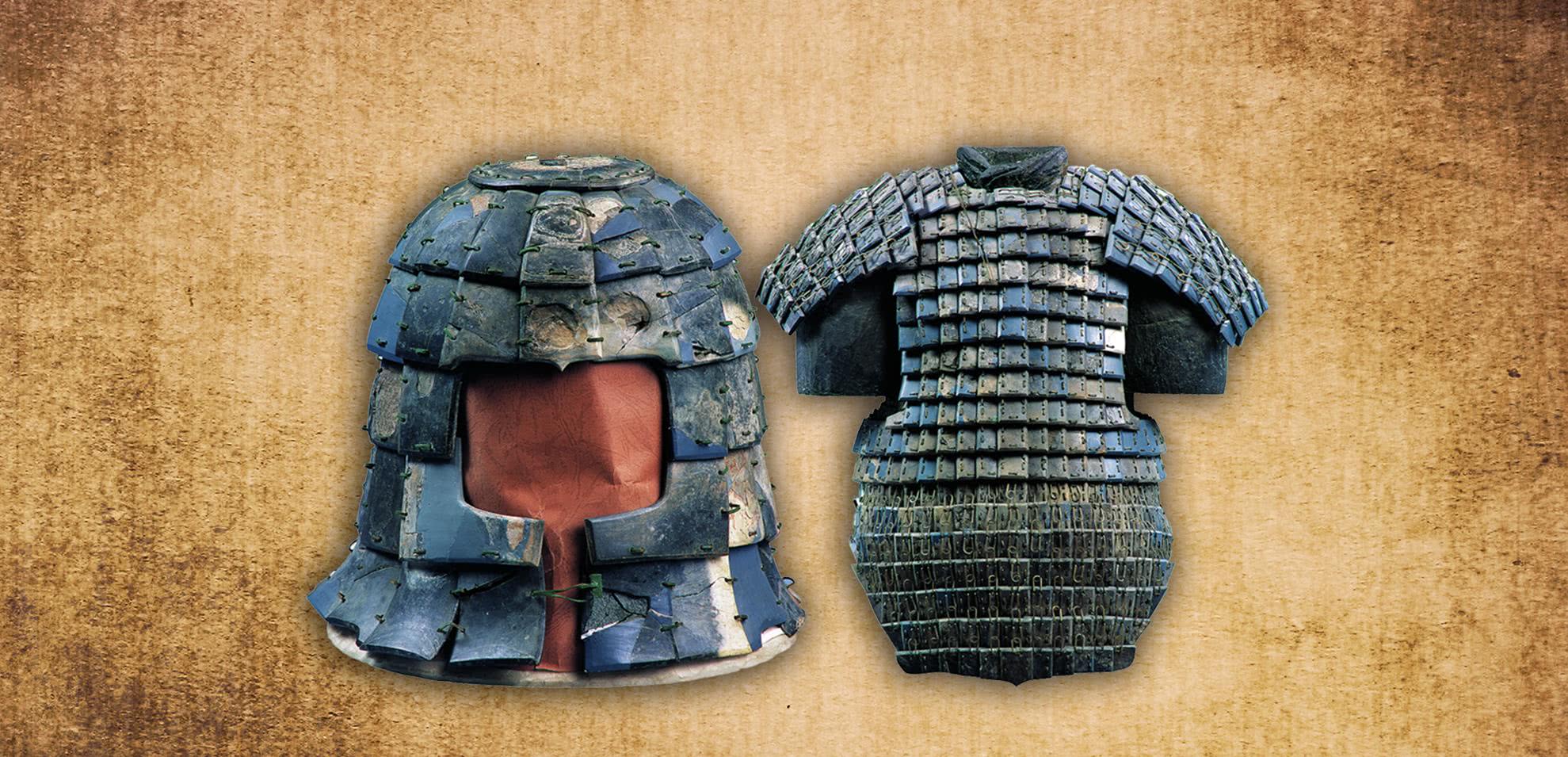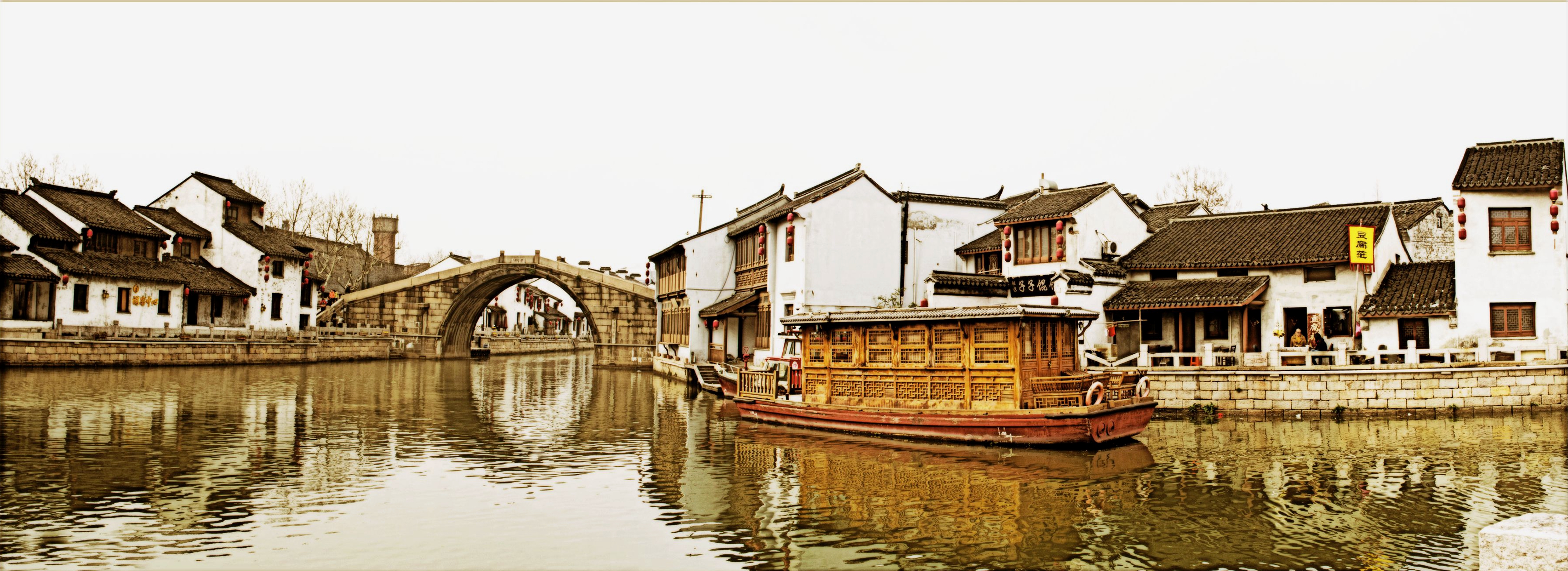As one of the Four Great Ancient Civilizations in the world, China has a history of more than 5,000 years. By around 4,000 BC, people had started to grow rice and raise livestock. By around 3,000 BC, they were using pottery and living in houses and using horses to pull wheeled chariots.

In the 21st Century BC, the first slavery dynasty-Xia Dynasty was founded. From the Shang Dynasty (founded in 18th Century BC), people measure most Chinese history in dynasties-one family of related rulers. In 221 BC, the Qin Dynasty, as China’s first centralized autocracy, was founded and made China even larger than it had ever been before. The Great Wall was started to build in the Qin Dynasty. Han Dynasty, established in 202 BC, as one of the most successful dynasties in China, has traded along the Silk Road with the Persians and the Roman Empire. Besides, Buddhism was brought back to China.
In 220 AD, Three Kingdoms period made China had fallen apart again. In 581 AD, Yang Jian, also called Emperor Wen conquered other kingdoms and established Sui Dynasty. During the reign of his son-Yang Guang (Emperor of Yang of Sui Dynasty), Grand Canal of China was dug to connect the Yellow River with the Yangtze River.

The Tang Dynasty took over ruling China in 618 AD. The capital of Tang Dynasty Chang’an (Xi’an) was the most prosperous and famous metropolis in the world at that time. In 960 AD, the Song Dynasty was founded. Because of constant fighting in the northern area, traders began to sail south to India, instead of using the Silk Road.
By 1279 AD, the Mongols conquered China and ruled from China all the way across Central Asia, India and West Asia and into Eastern Europe under Genghis Khan and then Kublai Khan. The Ming Dynasty took over from Mongols in 1368 AD. During Ming Dynasty, China became more and more powerful. As the Maritime Silk Road developing into depth, trade transactions between China tours and foreign countries were much closer than any other dynasties in the past.
Founded in 1644 AD, Qing Dynasty was the last feudal dynasty in China. From the later period of Emperor Qianlong’s reign, China began to go down the wind. The Revolution of 1911 (the Chinese Bourgeois Democratic Revolution led by Dr. Sun Yat-sen) toppled the rule of the Qing Dynasty and put an end to the feudal monarchical system in China.
On October 1st, 1949, the People’s Republic of China was founded. From then on, China has made great progress on politics, economy, cultures, and educations and plays an important role in the international community.
Chronological table of brief history of china
Dynasty |
Dates |
Dynasty |
Dates |
|
1. Xia |
ca. 2000-1500 B.C. | 2. Shang | 1700-1027 B.C. |
| 3. Western Zhou | 1027-771 B.C. | 4. Estern Zhou (including Spring and Autumn Period & Warring States Period) | 770-221 B.C. |
| 5. Qin | 221-207 B. C. | 6. Western Han | 206 B.C.-A.D.9 |
| 7. Eastern Han | A.D. 25-220 | 8. Three Kingdoms (including Wei (220~265), Shu (221~263) and Wu (229~280) | A.D. 220-280 |
| 9. Western Jin | A.D. 265-316 | 10. Eastern Jin | A.D. 317-420 |
| 11. Southern & Northern Dynasties | A.D.420-588 | 12. Sui | A.D. 581-617 |
| 13. Tang | A.D.618-907 | 14. Five Dynasties | A.D. 907-960 |
| 15. Ten Kingdoms | A.D. 907-979 | 16. Song (including Northern Song--960~1127 & Southern Song--1127~1279) | A.D.960-1279 |
| 17. Liao | A.D. 916-1125 | 18. Western Xia | A.D.1038-1127 |
| 19. Jin | A.D. 1125-1234 | 20. Yuan | A.D. 1279-1368 |
| 21. Ming | A.D. 1368-1644 | 22. Qing | A.D. 1644-1911 |
| 23. Republic of China | A.D. 1911-1949 | 24. People's Republic of China | A.D. 1949- |










